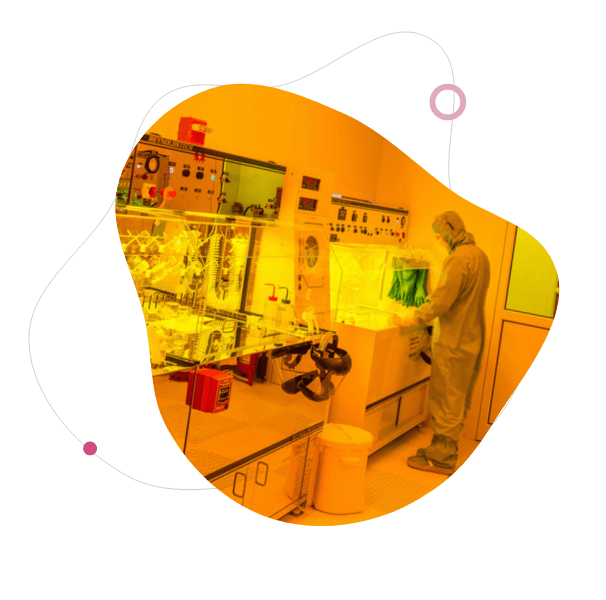Early this year, the Quantum Colab held its first user meeting, where over 50 existing users attended to learn more about the value, goals, and materials growth and characterization capabilities available across the 3 nodes of the Quantum Colab.
The Quantum Colab Executive Committee Chair, Prof. David Cory, opened the meeting by providing an overview of the Quantum Colab as a resource available to all Canadian R&D specialists and non-specialists in academia, industry, government and not-for-profits. Specialized tools offered by the Quantum Colab are essential for designing, fabricating, characterizing and implementing quantum technologies. The professional staff across the nodes work to maintain the facilities, share process techniques and training materials, and enable users to make use of the facilities.
“Quantum science and technology requires new capabilities related to maintaining and controlling coherence and entanglement. The Quantum Colab is a resource and user facility that provides access to a complete innovation cycle for developing and deploying quantum technology.” – David Cory
Each node has excellent facilities for advancing quantum technologies, including nanofabrication and characterization, metrology, and shared platforms for exploring the control and applications of quantum devices. Activities are integrated across the nodes – joint process development, tool use from basic to specialized, training, and workshops. Limited tool duplication, complementary staff expertise, and ease of engagement are all added benefits of integrating the 3 nodes.
Pinder Dosanjh, who holds various roles in Quantum Colab governance, explained how users can access the facilities and experts of the Quantum Colab either locally in person at each node or for work at a remote node. To streamline the experience, users are encouraged to engage through the central Quantum Colaboratory access point. For more information, users can reach out to one of the Quantum Colab nodes’ facility directors:
Nathan Nelson-Fitzpatrick, Facility Director – UW Node, nnelsonf@uwaterloo.ca
Mathieu Juan, Facility Director – UdeS Node, mathieu.juan@usherbrooke.ca
Pinder Dosanjh, Facility Director – UBC Node, pinder.dosanjh@ubc.ca
The remainder of the meeting highlighted the materials growth and characterization capabilities offered by the Quantum Colab.
Dr. Saba Sadeghi, Mr. Bruce Davidson, and Dr. Lino Eugene presented the materials growth capabilities at UW and UBC, which include:
- An Omicron UHV Cluster Deposition System with dedicated MBE chambers, sputtering, diagnostic and preparation modules, and transfer abilities via a vacuum suitcase.
- A UHV system with transfer capabilities between MBE, APRES chambers, and a scanning tunnelling microscope.
- Thermal oxidation, LPCVD, atomic layer deposition, sputtering of superconducting films, and Al angle e-beam evaporation for Josephson junctions
Materials/device characterization capabilities were presented by Dr. Giorgio Levy, who discussed the Angle-Resolved Photo-Emission Spectroscopy (ARPES) instruments available at CLS (QMSC beamline) and UBC (time-resolved ARPES and in-situ ARPES on thin films), and Dr. Jordan Baglo, who explained the low-temperature Physical Properties Measurement System at UdeS.
Many of the tools available at the nodes already have established processes that can be shared with prospective users; more information on tool specifications can be found through the links on the Quantum Colab equipment list.
“The capabilities are more than just equipment: we have the expertise to develop processes, troubleshoot, and adapt, and the resources to maintain systems and build documentation. These resources are for all users. By working together through the Quantum Colab, we hope to develop wider access across nodes”. – Nathan Nelson- Fitzpatrick
The meeting closed with a Q&A session, allowing users to clarify any outstanding inquiries about the Quantum Colab and provide comments on how to enhance their experience. Future user meetings will be held annually to encourage users to connect with each other and the staff of the Quantum Colab.
The presentations for the meeting can be found below.
